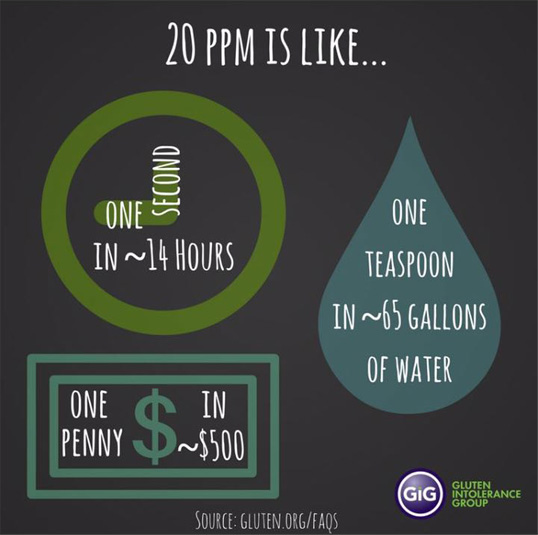
The only treatment for Celiac disease is to go on a lifelong gluten-free diet. This may sound like an easy solution first, but gluten unfortunately is hidden in food additives, flavorings, cosmetics, school supplies, and more. Therefore, it is more of adopting a gluten-free lifestyle.
At the time of diagnosis, parents and children should meet a registered dietitian who has sufficient knowledge about Celiac Disease and the gluten-free diet. The patient and the family members need to be educated regarding the consequences of untreated Celiac disease, including nutrition related complications such as iron deficiency, osteoporosis, and autoimmune disorders.
 SAFE FOODS
SAFE FOODSYour gluten free diet should include any naturally gluten free foods, such as:
 SAFE FOODS
SAFE FOODSThese foods should be specifically avoided:

Frequent follow up is important to ensure that the symptoms of Celiac disease have resolved. Families often encounter conflicting information, so the diet should also be reviewed to clear up any confusion and identify any potential sources of gluten. Periodic visits for assessment of symptoms, growth, physical examination, and adherence to the gluten free diet are necessary. Tissue Transglutam Mirase (TTG) should be measured after six months of starting a Gluten-free diet and then at one year intervals. A decrease in TTG indicates compliance with the diet and conversely a rise will indicate non-compliance.
Diagnosis of the disease is only the beginning, as the doctor will provide the education and support for life-long compliance to the gluten free diet. Support groups like Gluten-free Jio are important links, which allow participation of a person with Celiac and encourage adhering to a gluten-free diet, preventing further complications of untreated Celiac Disease and improving quality of life.
People with non-celiac wheat sensitivity experience symptoms similar to those of Celiac Disease, which subsides when gluten is removed from the diet. However, they do not test positive for celiac disease. This is also known as Non-Celiac Gluten Sensitivity. Symptoms typically appear hours or days after gluten has been ingested. Clinically, it has been recognized as less severe than celiac disease.